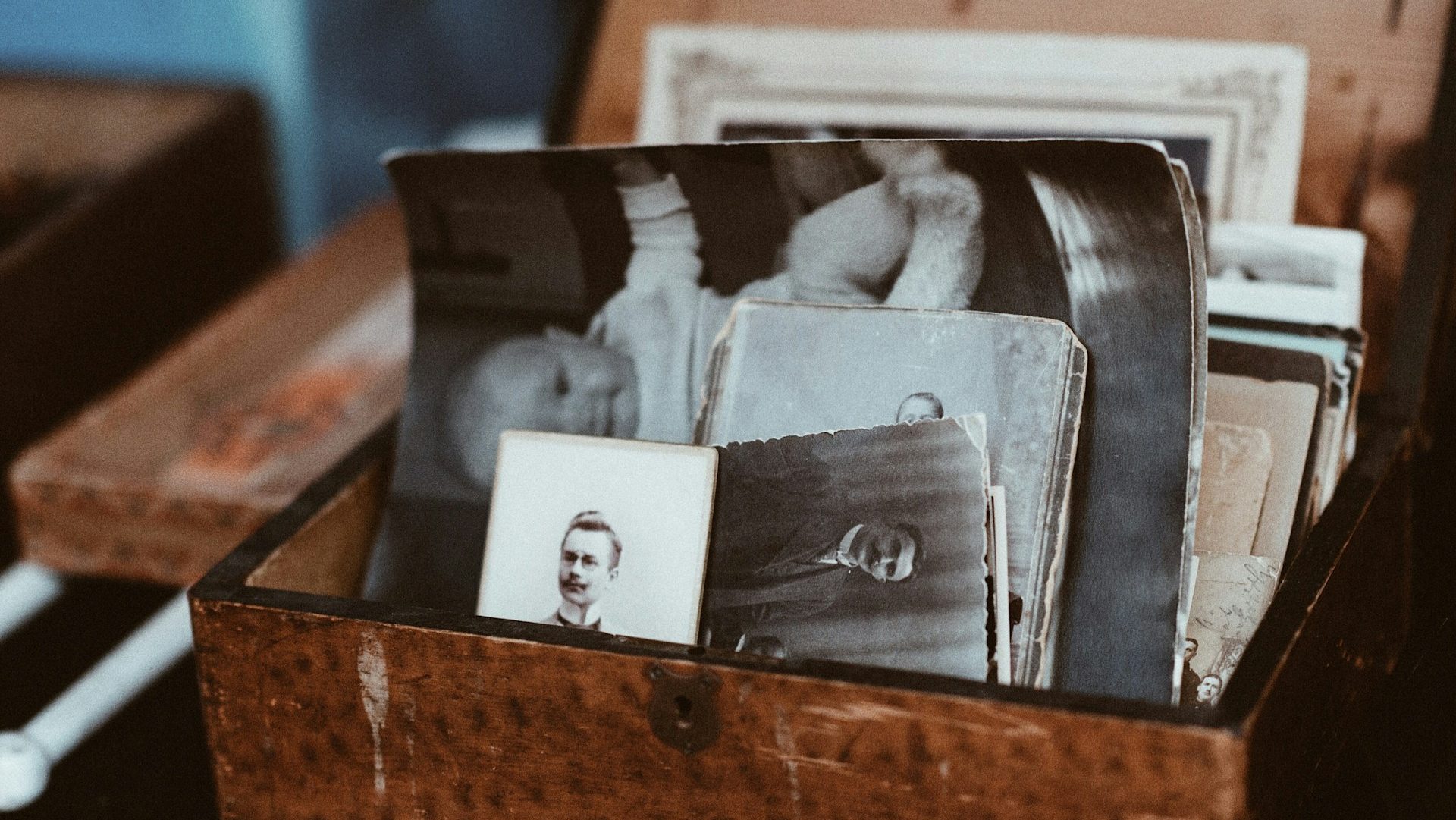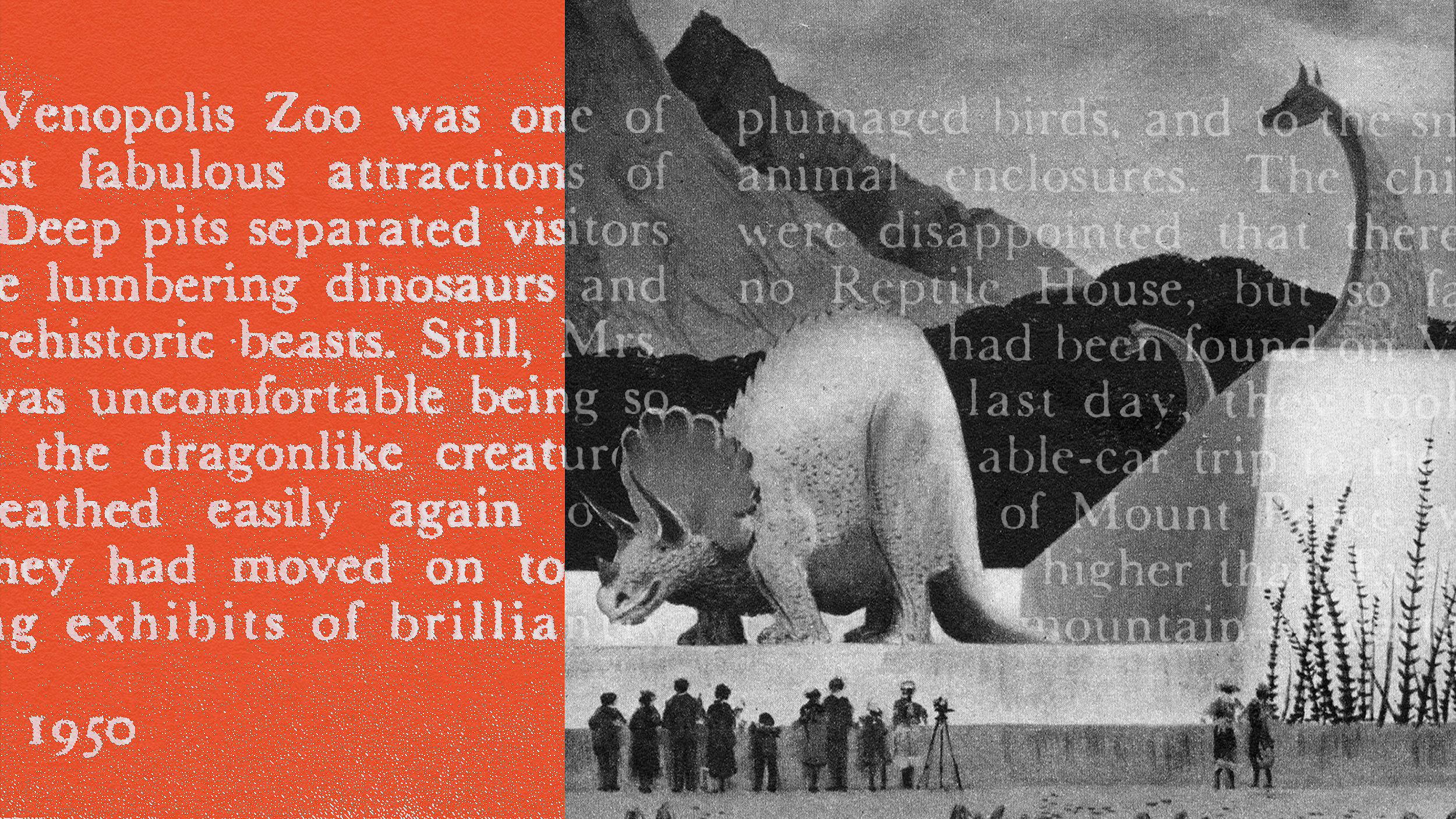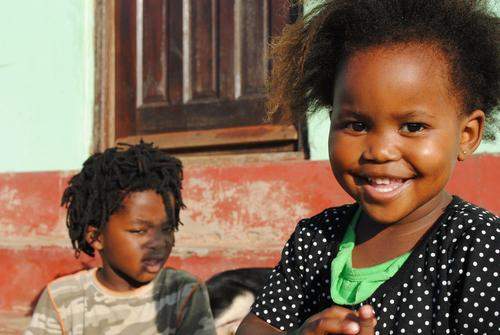Book Review: Unorthodox

(Note: This review was solicited and is written in accordance with my policy for such reviews.)
Summary: A memoir of escape from the overbearing, oppressive life of ultra-Orthodox Judaism, but the appalling details are somewhat clouded by doubts raised about the narrative’s veracity.
Like manyotherbooks that I’ve reviewed, Deborah Feldman’s Unorthodox is an autobiography that tells the story of escape from a suffocating religious community. In her case, it’s a story of escape from Satmar Hasidism, the ultra-Orthodox sect of Judaism that lives in self-imposed isolation from the outside world. Though Feldman grew up in the 1990s in Brooklyn, in Williamsburg, she might as well have been born in a medieval ghetto for all that she was told or permitted to know of modern life outside her community.
As she tells it, her father had a mental disorder that made him incapable of caring for her, and her mother fled the Hasidic community when Deborah was just a toddler. As a result, she was raised by her grandparents and aunts, who were emotionally distant and rigidly religious. Her grandfather forbade her to speak in English at home, and her school, run by the Hasidic community, was devoted almost entirely to religious topics like the expected behavior of women. (One especially vivid anecdote, taught to her class by a teacher, concerned a famous rabbi’s wife who supposedly stuck pins through her skirt and into her legs to safeguard her modesty and prevent the fabric from riding up and exposing her shameful kneecaps. This was presented as a model for the girls to aspire to.)
Life in the Hasidic community, as in many other fundamentalist religious communities, is hemmed in by mountains of prohibition. Hasidic women can’t sing in the presence of men, can’t wear red, can’t read unapproved books (including the Talmud), must shave their real hair, are separated behind a screen at temple, can’t get an education beyond high school… the list of rules goes on and on and on. In fact, it expands over the course of the book, as rabbis constantly issue new rulings on things like the proper styles for girls’ stockings or whether it’s permitted to wear wigs made of human hair.
Feldman was a rebellious, curious child who constantly chafed at the lengthy and arbitrary list of decrees, and evaded them whenever she could. By her own account, the few occasions when she could escape to a public library, smuggling home forbidden books to hide under her mattress, were her intellectual salvation. Strong-willed heroines like Jane Eyre made her believe that she could choose the life she wanted for herself, even in a community which so consistently preached and demanded the opposite.
But that headstrong wish collided with the Hasidic community’s belief that a woman’s role is to be assigned a husband, get married as early as possible, and have as many children as possible, shunning any ambition for her own life beyond wife and homemaker. This conflict grew more intense as she entered her teenage years: She had a memorable reaction to finding out how the Jewish purity laws applied to her body, and she describes the mikveh, the ritual public bath required at the end of each menstrual cycle, as a humiliating ordeal.
The story reaches its climax when, at the age of 17, her family married her off to a man who she’d only met in person once. Her wedding night, which she recounts in explicit detail, was just about as embarrassing and unpleasant as you’d expect from two people who’d been kept ignorant of even the basic mechanics of sex. It took over a year of fights, recriminations and therapy before they were able to consummate their marriage, and even after they had a son, their domestic situation only got worse. She ultimately made up her mind to get a divorce, became a writer and struck out on her own, boldly stepping into the world and finding the freedom she’d always dreamed of.
So much for the book itself. I enjoyed it a lot, and if this was all there was to tell about it, I’d happily add it to the growing list of stories about their authors’ escapes from ultra-religious cults. However, when I started to write this review, I came across this article in the New York Daily News, which charges Feldman with significantly rewriting her own history. For instance, it asserts that her mother didn’t abandon her as a toddler, as the book says. Rather, according to evidence presented in the article, her mother played an active if not exclusive role in raising her, including taking her on regular visits to the supposedly forbidden public library, well into her teenage years.
The other charge in the article relates to a bizarre and lurid story, presented near the climax of the narrative, about a Hasidic boy whose father allegedly murdered him after catching him masturbating, and whose death was covered up by the volunteer ambulance corps and the community. However, I’m not persuaded that this is as serious as the article alleges. Even within the book, Feldman only presents it as a rumor she heard, and doesn’t claim to have firsthand knowledge of what happened.
That point aside, if these allegations are true, they’d alter the picture the book presents. Unlike pseudo-memoirists like James Frey, no one is alleging that this story was made up from whole cloth. The basic facts of Feldman’s life are undisputed: she did have a Hasidic upbringing, she was pushed into an arranged marriage, and she did choose to leave the community and strike out on her own. But it’s possible that some details have been selectively presented to make her life seem more restrictive than was actually the case. In an entry from March 2nd on her blog, Feldman responds to some of these charges, saying that she chose the “experiences that were most important to me” to write about, and that some omissions were made to respect the privacy of those involved.
It’s unfortunate that this controversy has arisen, because the undisputed elements of Feldman’s life story would furnish more than enough material for a compelling book, and the sexist cruelties and outrages of Hasidism that she describes are well-attested in other sources. The specific details of her life are almost less important than the overall point that Hasidic Judaism, like any other fundamentalist enclave, is a horrible, life-denying place for any freethinking woman to find herself.





